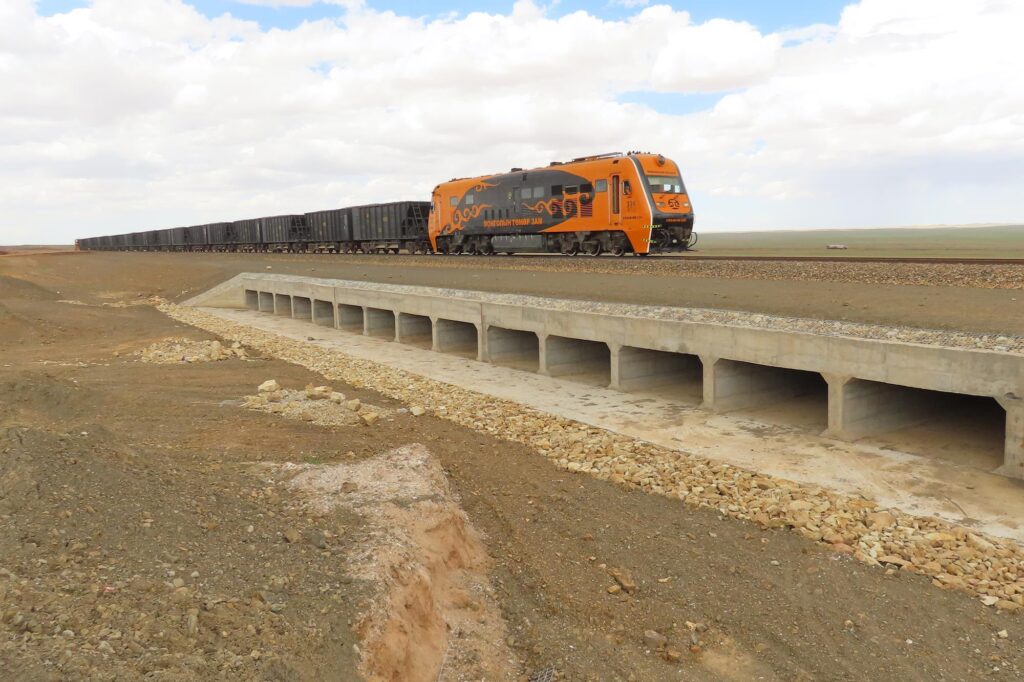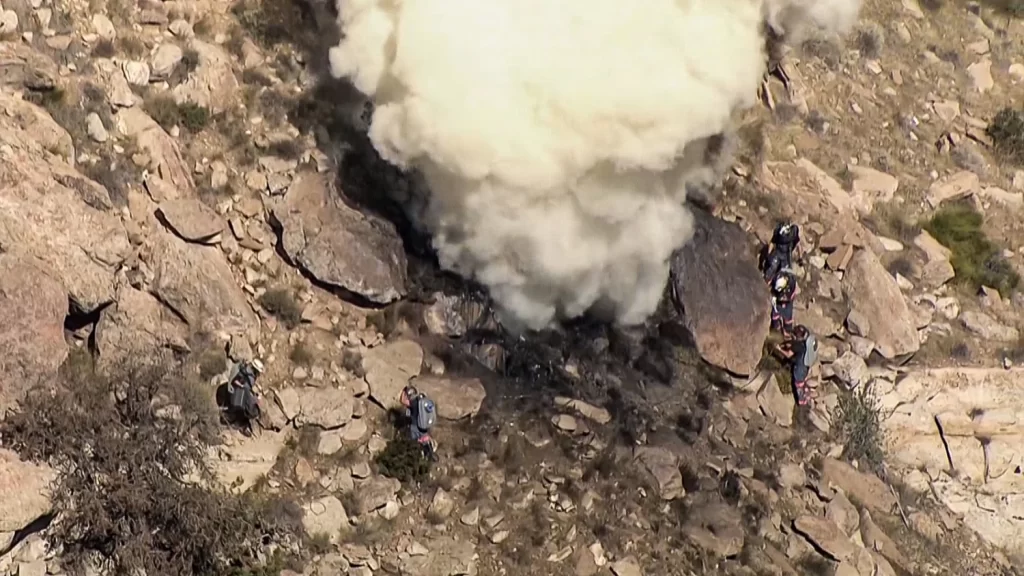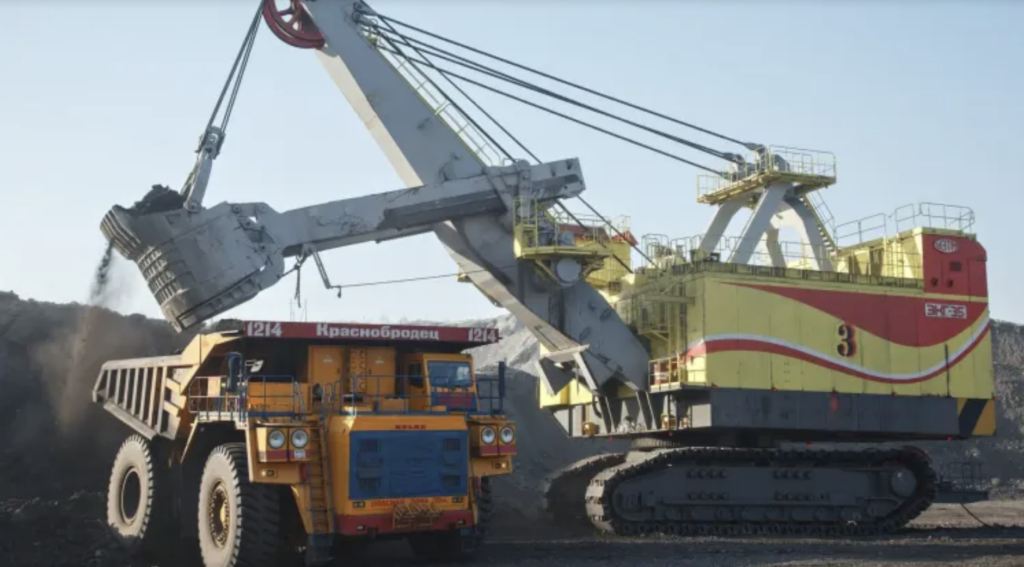According to news from the Mongolian ikon website on January 30, the construction of the Gashun Suhaitu-Ganqimaodu cross-border railway will start in April this year. The Prime Minister of Mongolia issued an instruction to start the construction of the cross-border railway between Gashun Suhaitu-Ganqimaodu Port before April 30, 2024.
Under this working framework, the executive director of the “Tavan Tolgoi Railway” company Na Budbayar, the assistant general manager of China National Energy Group Kang Fengwei, the deputy director of the China State Railway Administration An Lusheng and other relevant responsible persons in China A meeting was held in Beijing.
Participants exchanged views on the progress of the construction of the Gashun Suhaitu-Ganqimaodu Port cross-border railway bridge that will start in April this year. In addition, they discussed issues such as accelerating customs clearance supervision and inspections between the two countries and introducing new technological solutions in the design.
Background
The cross-border railway connection between Gashun Suhaitu (in Mongolia) and Ganqimaodu Port (in China) is part of the extensive rail infrastructure that facilitates trade and economic exchanges between Mongolia and China. This railway link is crucial for the transportation of goods, including coal, minerals, and other natural resources from Mongolia to China, which is one of the largest markets for Mongolian exports.
Gashun Suhaitu is located in the Gobi Desert region of Mongolia, near the border with China. Ganqimaodu Port, on the Chinese side, is in the Inner Mongolia Autonomous Region. The railway serves as a vital corridor for Mongolia’s mining sector, allowing for the efficient and cost-effective transport of commodities to Chinese industries and markets.
The development of cross-border rail infrastructure like the Gashun Suhaitu-Ganqimaodu Port railway is part of broader efforts to enhance connectivity and economic cooperation under initiatives such as the Belt and Road Initiative (BRI) by China. These efforts aim to improve regional integration, reduce transportation costs, and foster economic development in participating countries, including Mongolia.
The railway not only boosts the economic prospects of the regions it connects but also plays a role in the geopolitical and strategic interests of China and Mongolia. It enhances Mongolia’s ability to access international markets, reduces its landlocked constraints, and strengthens China’s position in Central Asia through increased trade and influence.









